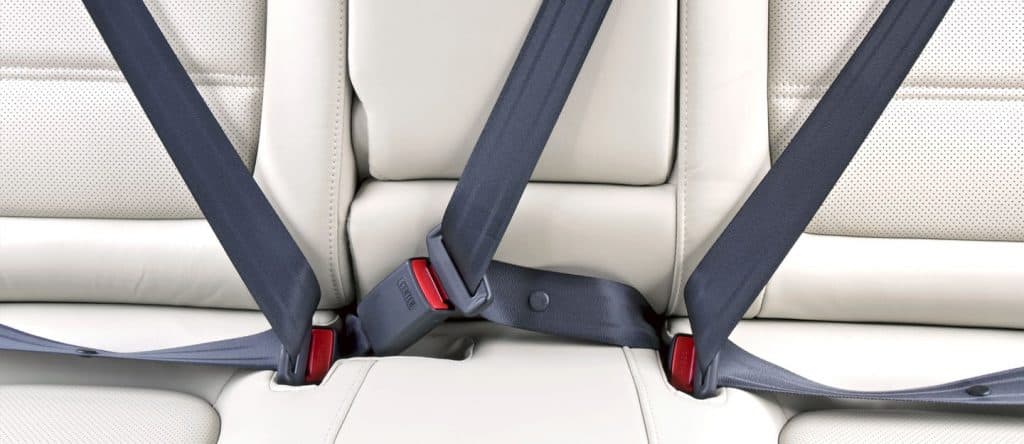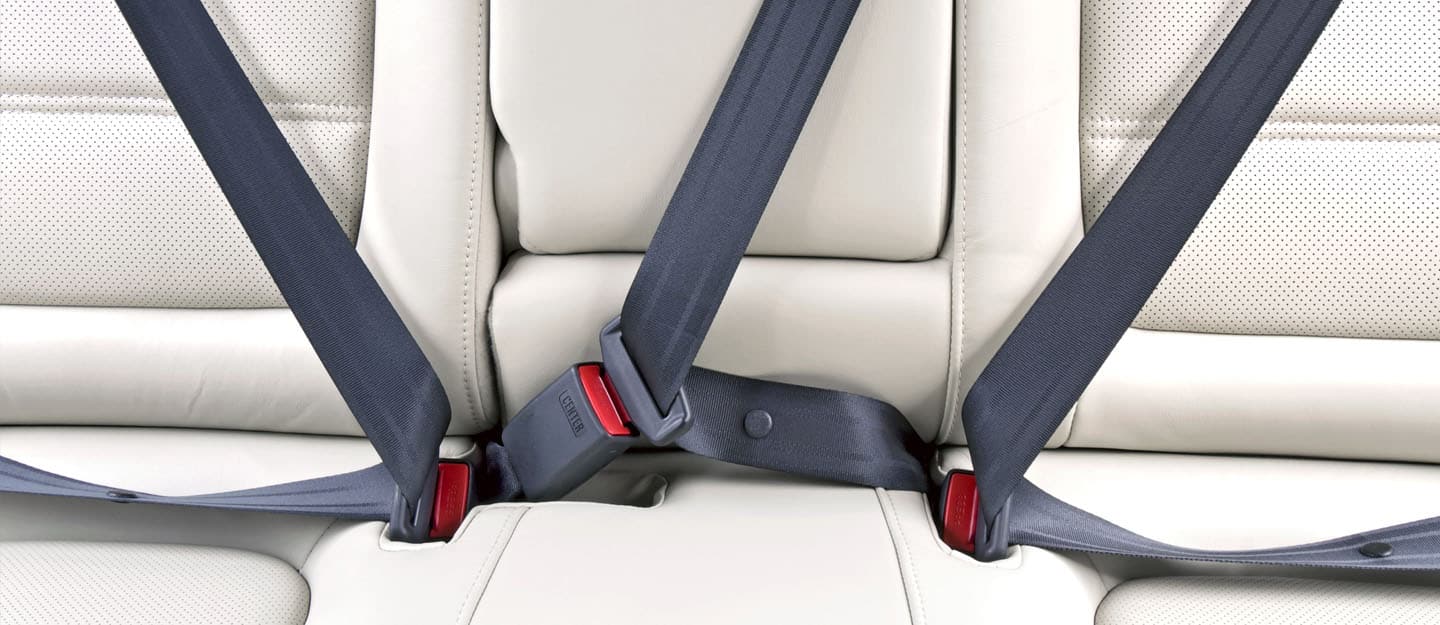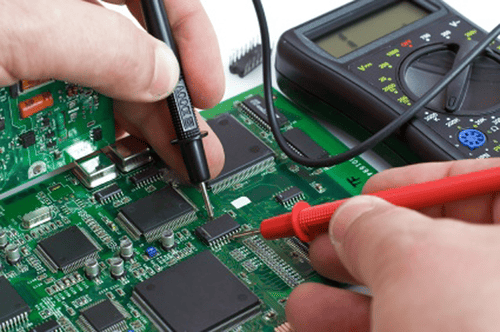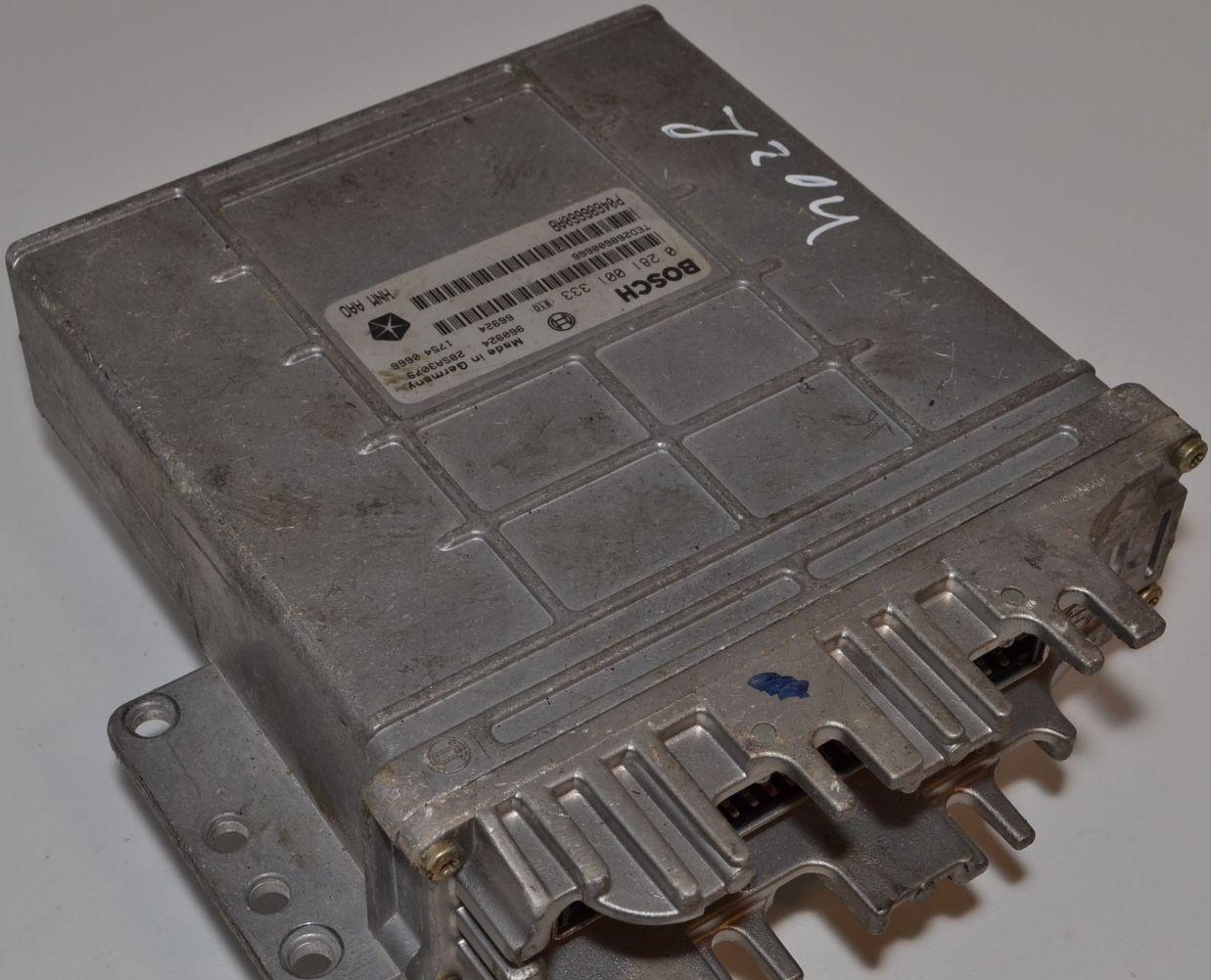The car seat belt is a vital part of a vehicle’s safety system. Car belt’s are intended to hold occupants safely in place and prevent them from being flung from the vehicle in the case of a collision. In the UK, front-seat passengers have been required to wear seat belts since 1983. All passengers have been required to do so since 1991. The Department for Transport reports that in 2019, seatbelt use averted up to 9,000 serious injuries and maybe 1,700 fatalities on UK roads.

Seat belt use is mandated by law in the majority of nations, and for good reason. The impact of a collision might be quite strong and perhaps lethal. The danger of damage is decreased since car seat belts disperse this force over the strongest bones and muscles of the passenger.
Seat belts can sustain severe wear and tear over time, necessitating their removal or replacement. We’ll break down the procedures for installing and removing car seat belts in this blog. This article will assist you in comprehending the procedure and guaranteeing that your seat belts offer. The greatest level of safety, whether you are upgrading to a new automobile or merely repairing a damaged seat belt.
When should you think about getting a new car seat belt?
- Replacement of a car seat belt
Seat belts are essential safety equipment for automobile occupants, and the following situations call for their replacement or removal:
- If the seat belt is damaged
The car seat belt has to be changed right away. If it is frayed, ripped, or has any other obvious damage. In the case of an accident, a defective seat belt won’t offer enough protection and could pose a risk. Seat belt should be changed if it is malfunctioning, not retracting properly, or the buckle is not releasing. By replacing it,.You can make sure that the seat belt is prepared to work in case of an accident.
- When purchasing a new vehicle
The old seat belts may need to be taken out and replaced if you are upgrading to a new car. New seat belts will be made to function well with the seat belt system. Of the new car and will offer superior protection in the case of a collision.
Read more: The Merits Of A Pre-Purchase Vehicle Inspection
How do I take off my seat belt?
- Taking Off the Car Seat Belt: Although removing the car seat belt might be simple. It is important to remove it properly to prevent harming the car. A car seat belt can be removed by following these steps:
- Find the seat belt bolts: Bolts hold the belt to the vehicle. Look at the seat or floor near the belt to find the bolts. Using a ratchet or socket wrench, you can take out the bolts holding the seat belt to the vehicle. Given that the bolts holding the seat belt in place might be of various sizes or shapes. It is imperative to keep track of which bolt goes where.
- Take off the car’s seatbelt: Pull the seat belt out carefully once the bolts have been removed. Take care not to harm the surrounding elements, such as the door panel or upholstery.
- Remove the wiring: Wiring from certain seat belts connects to the vehicle’s electrical system. Make sure to unplug any wires from your seat belt before removing it.
What is the process for car belt replacement?
Although it is still a very simple procedure, replacing car seat belts is a little more difficult. A car seat belt can be replaced in the following manner:
- Invest in a fresh seatbelt: Buy a brand-new seatbelt that is made to fit the type and make of your vehicle. It is crucial to choose a seat belt that is made to fit your car. Since doing so will guarantee that it is properly attached. It will offer the most protection in the case of a collision.
- Put on a fresh seatbelt. It is now time to install it after it has been acquired. As previously said, start by removing the previous seatbelt. Then, make sure the new seat belt is securely fastened to the vehicle. By positioning it in the same location as the old one.
- Setup the wiring: If your seat belt includes wiring, connect it to the vehicle’s electrical system. Following the directions provided by the manufacturer.
- Examine the seatbelt: Test it after installation to make sure it works properly. Make sure that the buckle functions properly and that the seat belt retracts and releases as it should.
- Car Manual: For detailed instructions on taking off and reinstalling your automobile’s seat belt. Go to the owner’s handbook for that vehicle. Depending on the type and model of the automobile, the procedure may change.
Before you start the procedure, gather the required equipment and supplies. Depending on your vehicle, you might also require a new seatbelt, a wire harness, a socket set, and pliers. To avoid any electrical mishaps while you’re working, disconnect the negative terminal of the car’s battery.
In conclusion, replacing a car seat belt is essential to guarantee the security of the people riding in it. It is crucial to replace seat belts if they are broken. Not working properly, or if the owner is purchasing a new vehicle. Although the owner may remove and replace seat belts. It is advised to call a professional mechanic or auto repair shop if the work looks hard.
Read more: 6 must-have qualities of a Good Auto Mechanic
They will be equipped with the knowledge, skills, and experience required to complete this procedure effectively. Seat belts may also be safety checked at auto repair shops. To make sure they work properly and offer the best protection.
Frequently asked questions regarding seat belt
- How does a seat belt work in a car?
A seat belt works by restraining the passenger in their seat during a collision or sudden stop. Preventing them from being thrown forward or out of the car. The belt restrains the strongest parts of the body. Such as the pelvis and chest, spreading the force of the impact over a larger area to reduce injury.
- How do I know if my car seat belt is working properly?
Check your car’s owner’s manual to ensure that your seat belts are working correctly. Inspect the belts for signs of wear and tear, including fraying, cuts, and discolouration. Ensure that the buckle latches securely and that the belt is tensioned correctly.
- Can I use a car seat belt that has been in a crash?
No, it is not safe to use a car seat belt that has been in a crash. Even if it looks undamaged. The belt may have weakened or stretched. It may not be able to restrain you effectively in a subsequent accident. Always replace a seat belt that has been involved in a collision.
- How do I properly adjust my car seat belt?
Adjust your car seat belt so that it fits snugly across your lap and chest. The lap belt should fit low across your hips and not over your stomach. The shoulder belt should cross over your chest and not touch your neck or face.
- Can I wear a seat belt if I am pregnant?
Yes, pregnant women should always wear seat belts while driving or riding in a car. The lap belt should be positioned under the belly. Across the hips, and the shoulder belt should go across the chest, between the breasts, and to the side of the belly.
- Can I use a seat belt extender?
In general, it is not recommended to use a car seat belt extender. As it can compromise the effectiveness of the seat belt system. However, if you need to use an extender to ensure a proper fit. Ensure that it is approved by your car manufacturer and meets safety standards.
- Can children use a regular seat belt?
Children should use a properly fitted car seat or booster seat until they are tall enough to use a regular seat belt. The recommended age for transitioning to a regular seat belt is 8-12 years old. Or until the child is at least 4 feet 9 inches tall.
Read more: Child Car Seat Laws- All You Need to Know
- Can pets wear seat belts?
Yes, pets should also wear seat belts while riding in a car to keep them safe and prevent them from becoming a distraction to the driver. Use a pet seat belt or carrier that is designed for your pet’s size and weight.


